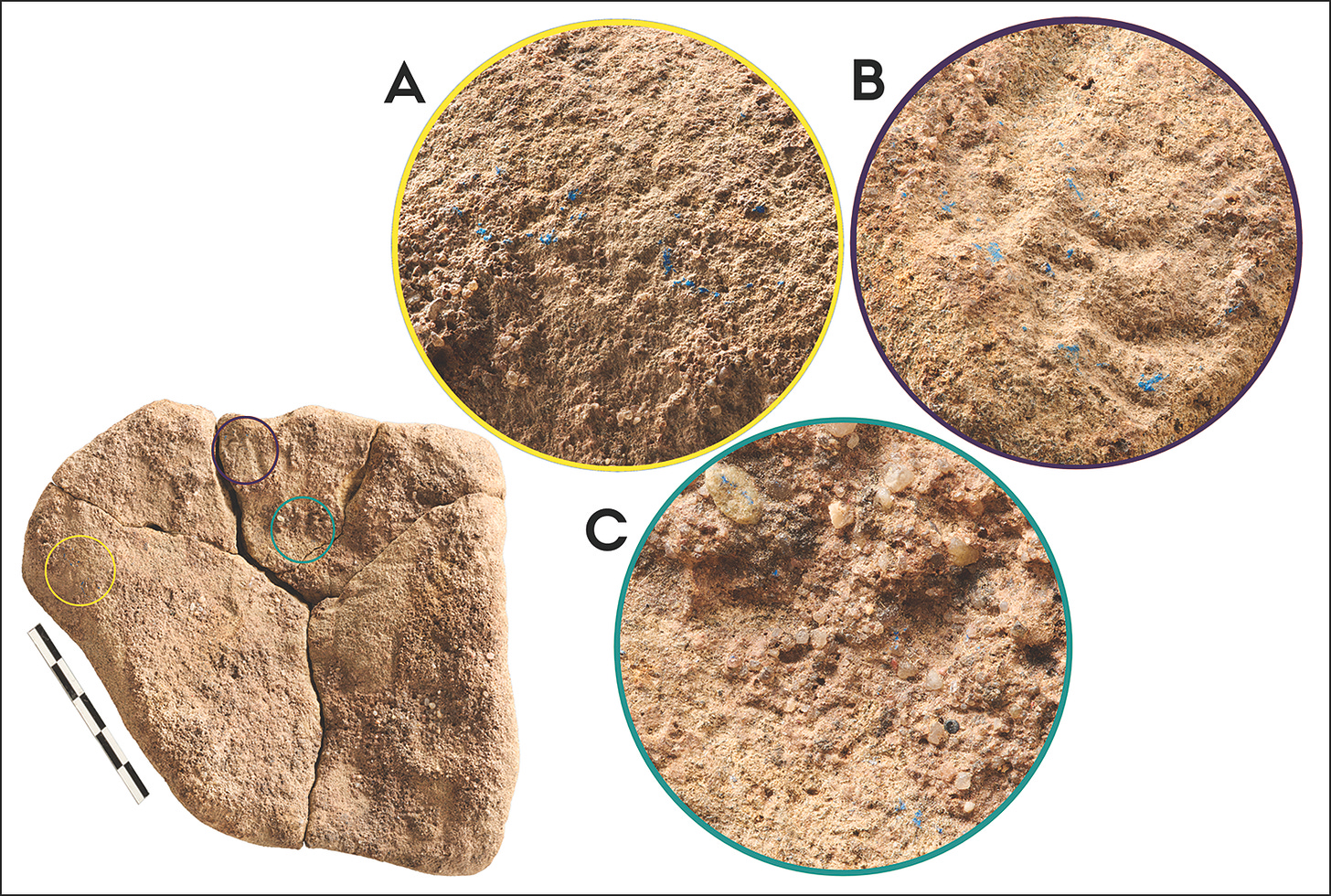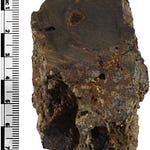In the catalogue of human creativity, some colors appear early and often. Red ochre was ground into powders tens of thousands of years ago, pressed into cave walls, mixed into adhesives, and sprinkled on burials. Black pigments, derived from charcoal or manganese dioxide, are just as common, showing up in body paint, lamps, and art across continents. Yet one color—blue—has been conspicuously absent from Europe’s Paleolithic record.

That absence has long puzzled archaeologists. Blue minerals such as azurite occur in many places across the continent. But Paleolithic paintings and portable art never feature the color. Some researchers assumed early Europeans lacked access to these materials. Others suggested blue was less visually striking in the flickering red glow of firelight inside caves.
Now, a discovery in Germany complicates that story. At the Final Paleolithic site of Mühlheim-Dietesheim, archaeologists have identified traces of azurite on a sandstone artifact dating back about 13,000 years. The results, published in Antiquity1, mark the first evidence of blue pigment use in European prehistory.
Listen to this episode with a 7-day free trial
Subscribe to Anthropology.net to listen to this post and get 7 days of free access to the full post archives.









